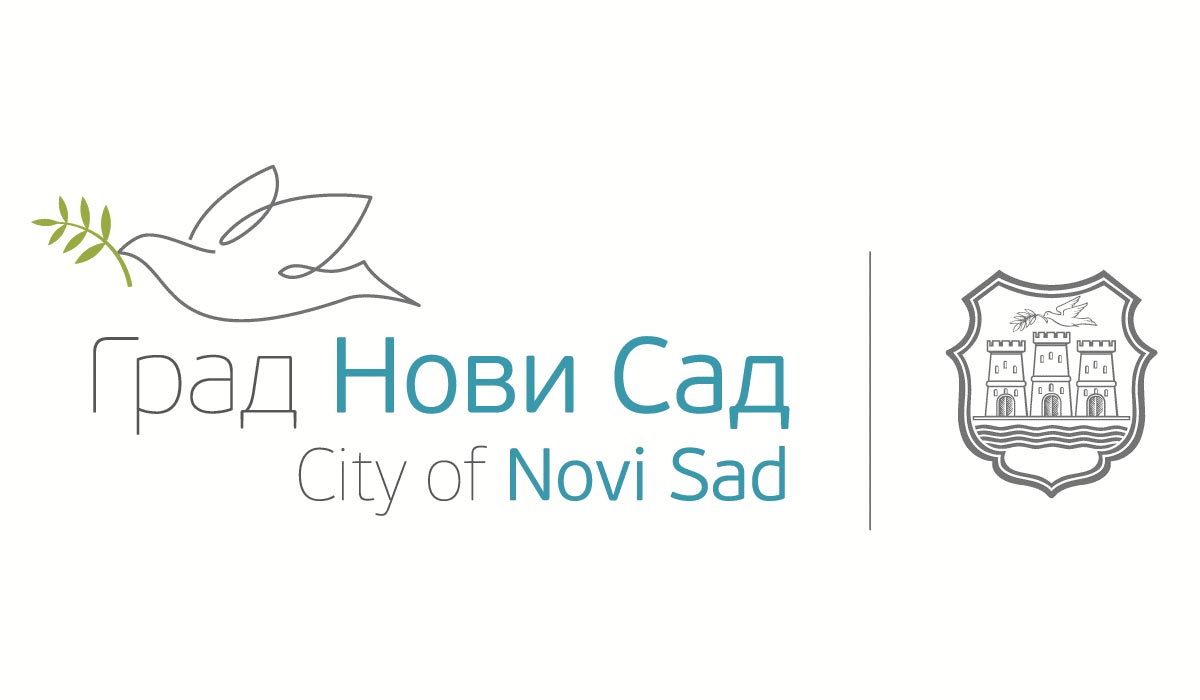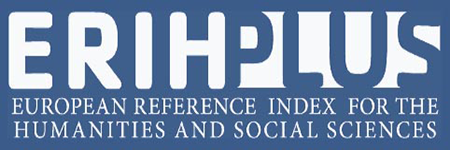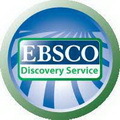EFFECTIVENESS OF USING INFORMATION AND COMMUNICATION TECHNOLOGY IN DEVELOPING MUSEUM EXHIBITIONS: THE CASE O F THE SHARJAH MUSEUMS
DOI:
https://doi.org/10.19090/i.2022.33.191-212Keywords:
Information and communication technology (ICT), Sharjah Museum Authority, Sharjah Museum of Islamic Civilization, digital technologies, museum exhibitionAbstract
Museums are increasingly embracing information and communication technology (ICT) to promote cultural tourism and to keep pace with changes in society. Cultural values, legacies, and customs are transmitted through museums, connecting current generations with their past. ICTs are used in almost all museum operations, both within and outside their walls, and especially for exhibitions and preservation. Prior research indicates that museums utilize a variety of ICTs to further modernize displays and artifacts and improve the visitor experience. Museums also use various digital communication tools to enrich the visitor experience. Many of the functions performed by ICTs used to create interactive processes in museum displays are the subject of ongoing research among museum scholars. This study investigates how experts and museum scholars view the effectiveness of using ICTs in creating a trend in the development of museum exhibitions in the Emirate of Sharjah. It will also discuss which available ICT applications museums can apply to improve technology services for their visitors. The study was conducted at the Sharjah Museum of Islamic Civilization, one of the largest museums in the Emirate of Sharjah. Both qualitative and quantitative data were collected, with questionnaires being the main method of data collection. A questionnaire was distributed to learn the views of experts about the application of ICTs in museum exhibitions. The results of the study indicate that ICTs should be designed with physical surroundings in mind. Physical distance can be bridged using “mixed interfaces” or mobile devices.
Downloads
References
Azuma, R., Baillot, Y., Behringer, R., Feiner, S., Julier, S. and MacIntyre, B. ‘Recent advances in augmented reality’, IEEE computer graphics and applications, 2001, 21(6), 34–47.
Barbosa, C. C. Innovation in museums through the use of ICTs, Master Programme in European Studies of Society, Science, and Technology (ESST), Oslo: University of Oslo, 2013.
Bell, G. ‘Making sense of museums: The museum as' cultural ecology’, Intel Labs, 1, 2002, 1–17.
Bitgood, S. ‘The anatomy of an exhibit’, Visitor Behavior, 7/4, 1992, 4–15.
Bouchenaki, M. ‘The extraordinary development of museums in the Gulf states’, Museum International, 63/3¬4, 2011, 93–103.
Burmistrov, I. Touchscreen kiosks in museums, Tallinn. interUX, 2015.
Cesário, V., Coelho, A. and Nisi, V. ‘Teenagers as experience seekers regarding interactive museums tours’, In Proceedings of the 1st International Conference on Design and Digital Communication, 2017, 127–134.
Coates, C. ‘Virtual Reality is a big trend in museums, but what are the best examples of museums using VR’, Museum Next, 2020, July, accessed March 17, 2021, https://www.museumnext.com/article/how-museums-are-using-virtual-reality/
Fatima, A. M. H. and Ahmed, S. ‘Using Hologram Technology in Constructing Virtual Scenes in Archaeological Sites to Support Tourism in Egypt”, Architecture, Art and Humanistic Science Magazine, 5/20, 2020, 654–668.
Gebbensleben, S., Dittmann, J., and Vielhauer, C. ‘Multimodal audio guide for museums and exhibitions’, In Multimedia on Mobile Devices II, vol. 6074, 2006, 249–260.
Geller, T. ‘Interactive tabletop exhibits in museums and galleries’, IEEE Computer Graphics and Applications, 26/5, 2006, 6–11.
Hall, S. Creating Strong Cross Media Concepts for Museum Exhibitions, Master thesis, Umeå University, 2013.
Herreman, Y. ‘Display, exhibits and exhibitions’, Running a museum: a practical handbook, 2004, 91–103.
Kapukotuwa, A. and Anedo, O. A. A. ‘Museum Exhibition Techniques’, Project: AFRICAN & SRI LANKAN CULTURE, 2020.
Kulesz, O. ‘The impact of digital technologies on the diversity of cultural expressions in Spain and Hispanic America’, 10th Ordinary Session of UNESCO Intergovernmental Committee for the Protection and Promotion of the Diversity of Cultural Expressions, Paris (France) 2, 2016.
Liebl, M. Online Innovation in Museums. An investigation of Austrian, Swiss and British museum websites and social media portals, Master Thesis, Erasmus University Rotterdam, 2015.
Loumos, G., Kargas, A., and Varoutas, D. ‘Augmented and virtual reality technologies in cultural sector: Exploring their usefulness and the perceived ease of use’, Journal of Media Critiques [JMC], 4/14, 2018, 307–322.
Markov, V. B. ‘Holography in museums’, The Imaging Science Journal, 59/2, 2011, 66–74.
Martins, C. ‘Museum audio guides as an accessibility enhancer’, Accesibilidad en la nueva era de las comunicaciones Profesionales y universidad: un diálogo imprescindible, 2012, 101–115.
Marques, D., and Costello, R. ‘Concerns and challenges developing mobile augmented reality experiences for museum exhibitions’, Curator: The Museum Journal, 61/4, 2018, 541–558.
McLean, K. ‘Museum exhibitions and the dynamics of dialogue’, Daedalus, 128/3, 1999, 83–107.
Medić, S. and Pavlović, N. ‘Mobile technologies in museum exhibitions’, Turizam, 18/4, 2014, 166–174.
Morris, M. ‘United Arab Emirates’, in: L-P. Dana, M. Han, V. Ratten and M. I. Welpe (eds.), Handbook of Research on Asian Entrepreneurship, Cheltenham, UK: Edward Elgar, 2009, 361–367.
Navarrete, T. ‘Digital heritage tourism: innovations in museums’, World Leisure Journal, 61/3, 2019, 200–214.
Perron, B. E., Taylor, H. O., Glass, J. E. and Margerum-Leys, J. ‘Information and communication technologies in social work’, Advances in social work, 11/2, 2010, 67–81.
Petrelli, D. and O’Brien, S. ‘Phone vs. tangible in museums: a comparative study’, In Proceedings of the 2018 CHI Conference on Human Factors in Computing Systems, 2018, 1–12.
Pietroni, E., Ferdani, D., Forlani, M., Pagano, A. and Rufa, C. ‘Bringing the illusion of reality inside museums—A methodological proposal for an advanced museology using holographic showcases’, In Informatics, 6/1, 2019.
Poce, A., Amenduni, F., De Medio, C., Valente, M. and Re, M. R. ‘Adopting augmented reality to engage higher education students in a museum university collection: the experience at Roma Tre University’, Information, 10/12, 2019, 373.
Pujol-Tost, L. ‘Integrating ICT in exhibitions’, Museum Management and Curatorship, 26/1, 2011, 63–79.
Sabin, R. ‘Museums and their websites: An examination and assessment of how museums are coping with the challenge of the world wide web’, Journal of conservation and museum studies, 2, 1997, 6–10.
Sexton, C. ‘Mobile museums: Where things stand’, Museums in the digital age: Museums and the development of active citizenship, 1, 2013, 15–19.
Sharjah Museum Authority (SMA): About us, accessed June 14, 2020. http://www.sharjahmuseums.ae/en-US/AboutUs
Sharjah Museum of Islamic Civilization: About The Museum, accessed June 16, 2020. https://www.sharjahmuseums.ae/en-US/Museums/Sharjah-Museum-of-Islamic-Civilization
Shehade, M. and Stylianou-Lambert, T. ‘Virtual reality in museums: Exploring the experiences of museum professionals’, Applied sciences, 10/11, 2020, 4031.
Teslyuk, T., Teslyuk, V., Lypak, H., Kunanets, N. and Veretennikova, N. ‘A mobile museum guide application’, In CEUR Workshop Proceedings, 2020, 314–326.
Tsai, H. and Sung, K. ‘Mobile Applications and Museum Visitation’, Computer, 45/04, 2012, 95–98.
Ulukuz, H. and Whitworth, D. Use of Augmented Reality in Museums: The Relationship between Children’s Engagement and Immersive Visitor Experience, Ph.D. dissertation, University of Manchester, 2016.
Vaz, R. I. F., Fernandes, P. O. and Veiga, A. C. R. ‘Interactive technologies in museums: How digital installations and media are enhancing the visitors' experience’, in: Handbook of research on technological developments for cultural heritage and eTourism applications, IGI Global, 2018, 30–53.
Wang, B. and Liu, Y. ‘The Research on Application of Virtual Reality Technology in Museums’, In Journal of Physics: Conference Series, 1302/4, 2019, 042049.
Weblium. Best Museum Websites: Top 10 Examples, 2019- Jul 29, accessed April 3, 2021. https://weblium.com/blog/10-best-museum-website-examples/
Wei, X. and Jianping, Z. ‘Mobile application used in museum learning and its case study’, in: 2015 International Conference of Educational Innovation through Technology (EITT), IEEE, 2015, 90–93..
Weng, E.N., Parhizkar, B., Ping, L. and Habibi Lashkari, A. ‘Augmented Reality For Museum Artifacts Visualization’, International Journal of Computer Science and Information Security, 9/5, 2011, 174–185.
Zaharias, P., Michael, D., and Chrysanthou, Y. ‘Learning through multi-touch interfaces in museum exhibits: An empirical investigation’, Journal of Educational Technology & Society, 16/ 3, 2013, 374–384.
Zhou, F., Duh, H. B. L. and Billinghurst, M. ‘Trends in augmented reality tracking, interaction and display: A review of ten years of ISMAR’, in: 2008 7th IEEE/ACM International Symposium on Mixed and Augmented Reality, IEEE, 2008, 193–202.













